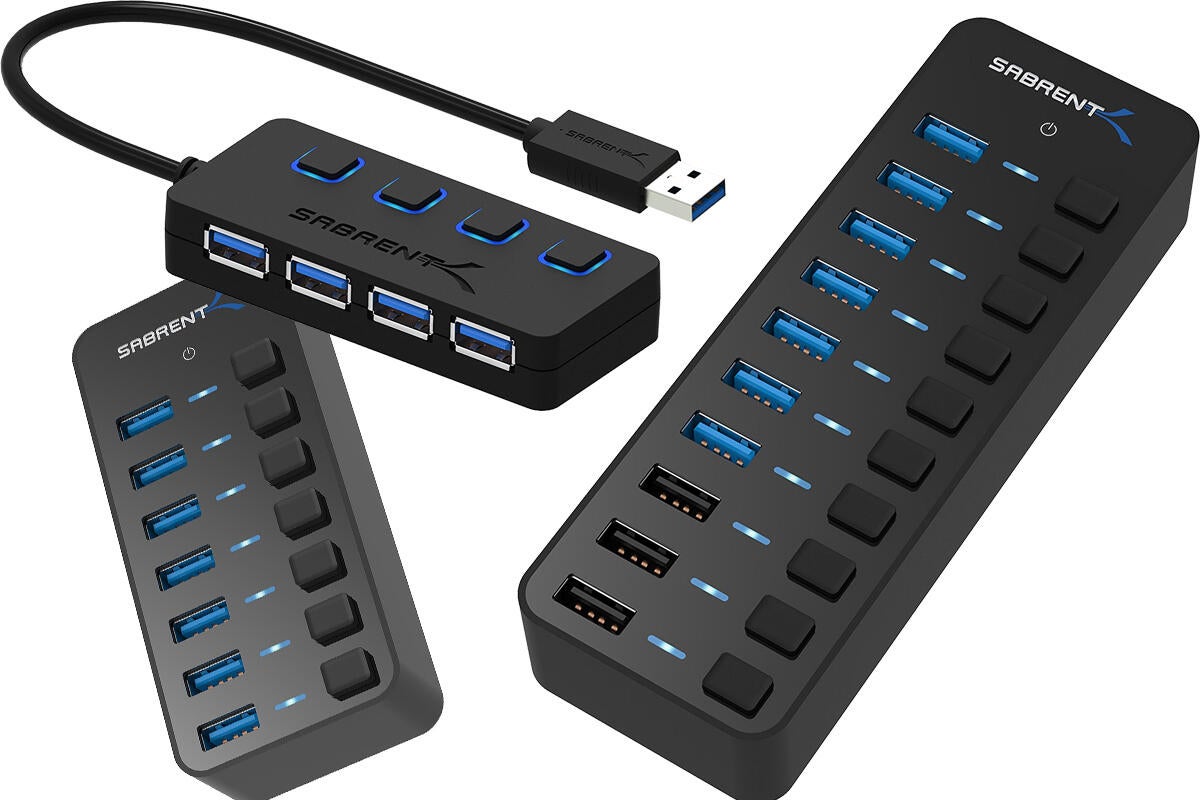
- View mac files on pc using usb how to#
- View mac files on pc using usb mac os x#
- View mac files on pc using usb mac os#
- View mac files on pc using usb install#
If you plan to use a flash drive with an iPhone or iPad regularly, it’s worth buying a new MFi Lightning flash drive that you can plug in directly.
View mac files on pc using usb mac os#
If you’re formatting a drive for sharing with a PC, we recommend exFAT for use within the Apple ecosystem, use Mac OS Extended. IOS should be able to read any unencrypted file system supported by the Mac’s Disk Utility, including the PC-focused MS-DOS (FAT) and exFAT, and the Apple-focused MacOS Extended (HFS+) and APFS.
View mac files on pc using usb how to#
(You’ll still need an app on the iOS device that knows how to open the files-for videos, try VLC for Mobile.) It’s also a great way to play videos and other data that won’t fit in the available free space on your device. That’s huge-now you can move data to and from an iPhone or iPad using standard flash drives, SD card readers, or even powered USB hard drives. With this feature, the Files app now can “see” external storage devices. If you have problems because they come with NTFS or HFS+, just reformat them as FAT32.An unexpected and useful feature of iOS 13 and iPadOS 13 is also nearly invisible, and for most uses, requires a special adapter. Most removable drives - whether they’re USB sticks or larger external drives in enclosures - will be formatted with the FAT32 file system.

Just plug that drive into your Mac, copy files to it, and use it as a neutral, shared storage location. Instead, you can share files between your operating systems via an external drive. If this is all too annoying, you may want to forget about your Mac’s internal drive. This may be inconvenient because it splits your limited storage into yet another partition, but it’s an option. Modern versions of Windows can’t be installed on a FAT32 partition, so this partition will need to be separate from both your Mac and Windows system partitions.
View mac files on pc using usb mac os x#
Format that new partition with that FAT file system and you’ll be able to read and write to it from both Windows and Mac OS X without any third-party software. You could use the Disk Utility to shrink one of your current partitions and create a new partition. FAT32 is normally used on USB sticks and other removable drives because it’s so widely supported. There is a neutral type of file system that both operating systems support - FAT32. Windows doesn’t normally like HFS+, and Mac OS X doesn’t want to write to NTFS. RELATED: Why Do Removable Drives Still Use FAT32 Instead of NTFS?
View mac files on pc using usb install#
After you install it, you’ll be able to access your Windows partition - and any external drives formatted with NTFS - in full read/write mode from Mac OS X. Try the free and open-source NTFS-FREE if you don’t want to spend any money on this feature.
/GettyImages-860969670-5ae1f89e3128340037c6a2dd.jpg)
There are quite a few solutions for writing to NTFS file systems on a Mac, many of which are paid applications. Unfortunately, Mac OS X can only read this partition out of the box, not write to it.
Your Windows partition appears under Devices as BOOTCAMP on Mac OS X. Write to Windows NTFS Partitions From OS X HFSExplorer is a free tool for accessing Mac partitions from within Windows, but it’s read-only so it won’t help you here. These applications do have free trials, so you can test them before paying. You’ll be able to write to your Mac partition from Windows Explorer or any other application you use.

Both of these are paid applications, but they install a proper read/write file system driver in Windows. To get around this limitation, you’ll need a third-party tool like Paragon HFS+ for Windows or Mediafour’s MacDrive.


 0 kommentar(er)
0 kommentar(er)
